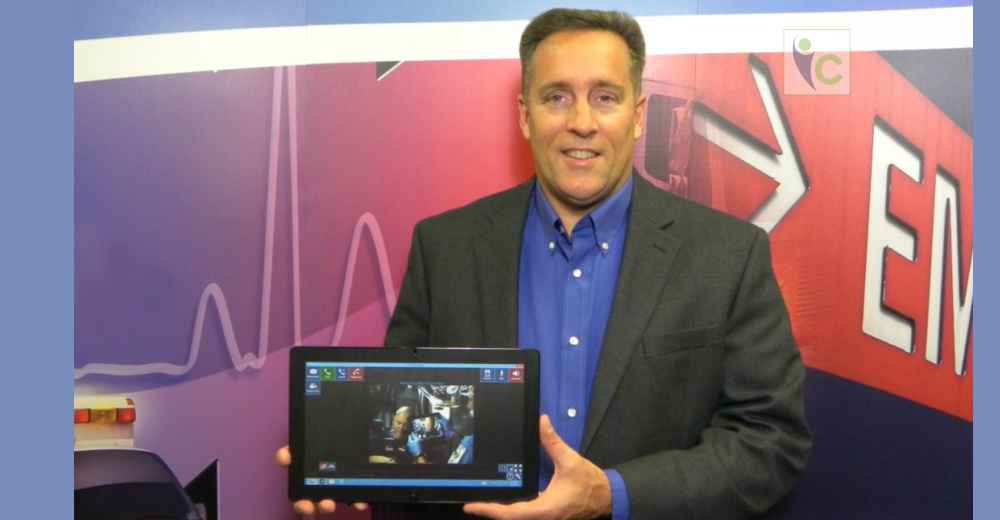Though telehealth tools have been slow to gain traction historically, the healthcare industry is now waking up to the benefits of leveraging technology to interact with doctors remotely. When patients and caregivers can collaborate with healthcare providers without having to meet at a physical location, patients can be diagnosed earlier and get required treatment more frequently. Access to experienced clinicians can be critical for individuals in underserved areas, individuals with transportation challenges, and individuals who experience behaviors or medical symptoms outside the office visit. These challenges frequently befall those with autism.
Behavior Imaging®, a leading telehealth technology company, develops behavioral assessments accessible from its HIPAA-compliant, cloud-based platform. Using Behavior Imaging technology, a patient or his/her family can collect and upload videos of behaviors of interest for a clinician to review. The clinician can then recommend treatment based on solid video evidence collected in the child’s home environment.
The Beginning of Behavior Imaging
Ron and Sharon Oberleitner founded Behavior Imaging in 2005 to develop technology that increases disabled people’s access to care. Since their son’s autism diagnosis in 1996 at the age of three, the challenges of receiving specialized care for those with intellectual disabilities hits close to home for the Oberleitners. As such, Ron and Sharon have dedicated their careers to helping families and organizations improve their access to behavior health treatment through mainly a unique asynchronous telehealth platform.
Remote Autism Assessments with NODA
NODA™ is Behavior Imaging’s evidence-based Autism diagnostic assessment tool. Behavior Imaging led a recent National Institute of Health-funded research study that compared current in-person autism assessment practices with the NODA smartphone-based method. The research showed that the NODA method cut the average total time for an autism spectrum disorder (ASD) assessment in half – saving on average two months for families.
“The NODA evaluation was invaluable and a stepping stone to obtaining additional supports to help my children,” said one NODA study participant. “I have a game plan, and I’m so grateful for that.”
The Future of Behavior Imaging
In their next stage of growth, Behavior Imaging is moving back to supporting its evidence-based treatment applications including remote ‘Behavior Assessments’ – and supervision of care for children with ASD. BI is also piloting applications to support adults with ASD and Alzheimer’s, to live healthfully and independently as much as possible.
In the future, their popular behavioral assessments will live in a unified telehealth system of care. This secure platform will host behavioral assessments, treatments, and collaboration throughout the patient’s lifetime.
As some emerging telehealth tools de-emphasize or eliminate the role of clinicians in the assessment process, Behavior Imaging is doubling down on the importance of expert clinicians. Every Behavior Imaging tool will enable clinicians to do their jobs effectively with strong evidence. The clinician will continue to be intrinsic in the future Behavior Imaging system of care.
CEO Ron Oberleitner
Behavior Imaging CEO Ron Oberleitner has over 25 years executive management experience within the health industry including medical devices, telemedicine, and medical imaging solutions. His personal experience with autism and professional experience from the medical device, nonprofit, and research industries fuels a passion to help others by creating and expanding solutions for better diagnostic, assessment, and continuity of care for a variety of behavioral and mental health challenges. He brings an attitude of ‘why NOT our kids’ when it comes to using innovative technology to address difficult health conditions.
When asked how he would advise other telehealth entrepreneurs, Ron had this to say: “Make sure that you understand the current barriers and resistance to change for disruptive patient engagement solutions. Once you understand what you’re up against, work hard and tirelessly to overcome objections and demonstrate profound benefits through responsible research and compassion for both struggling patients and the clinicians who serve them.”















